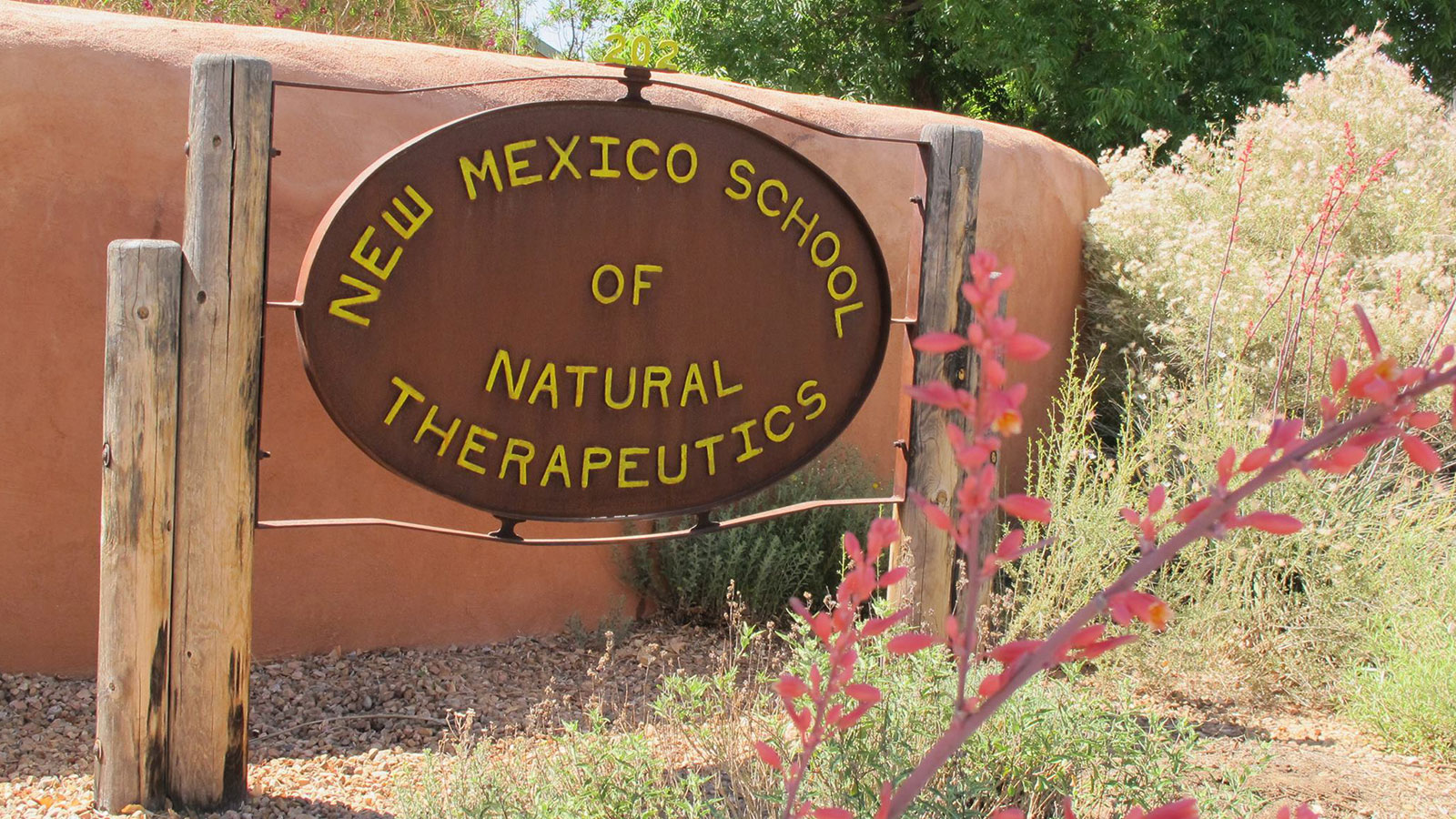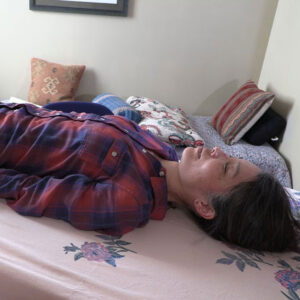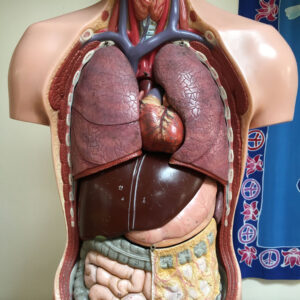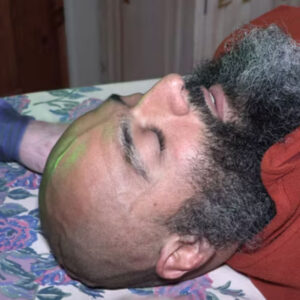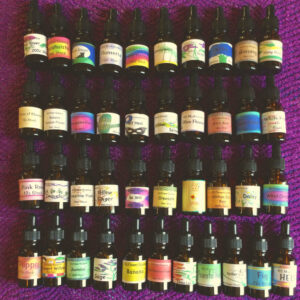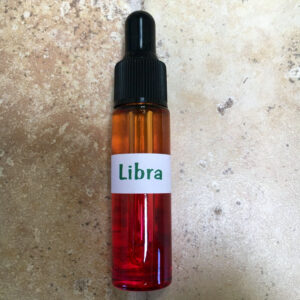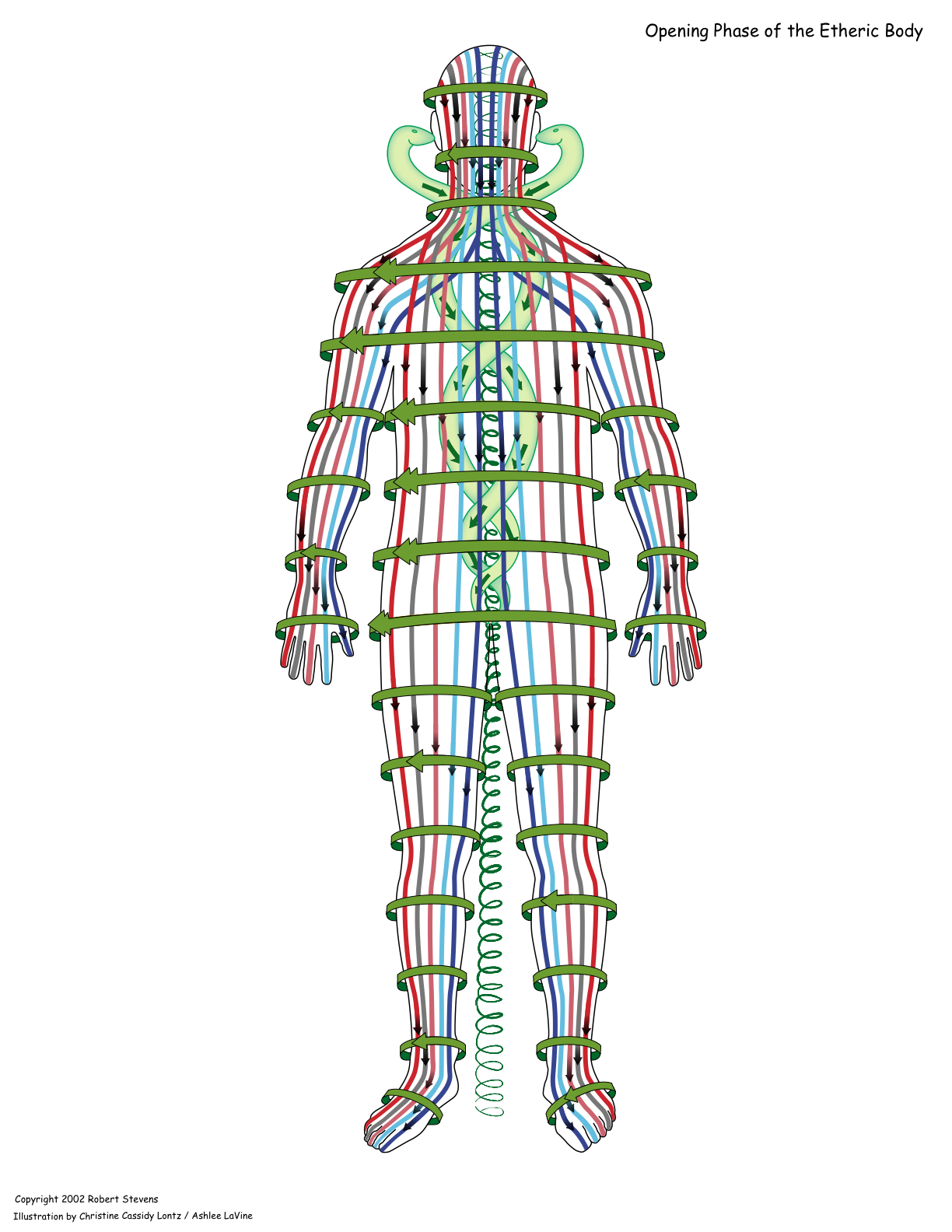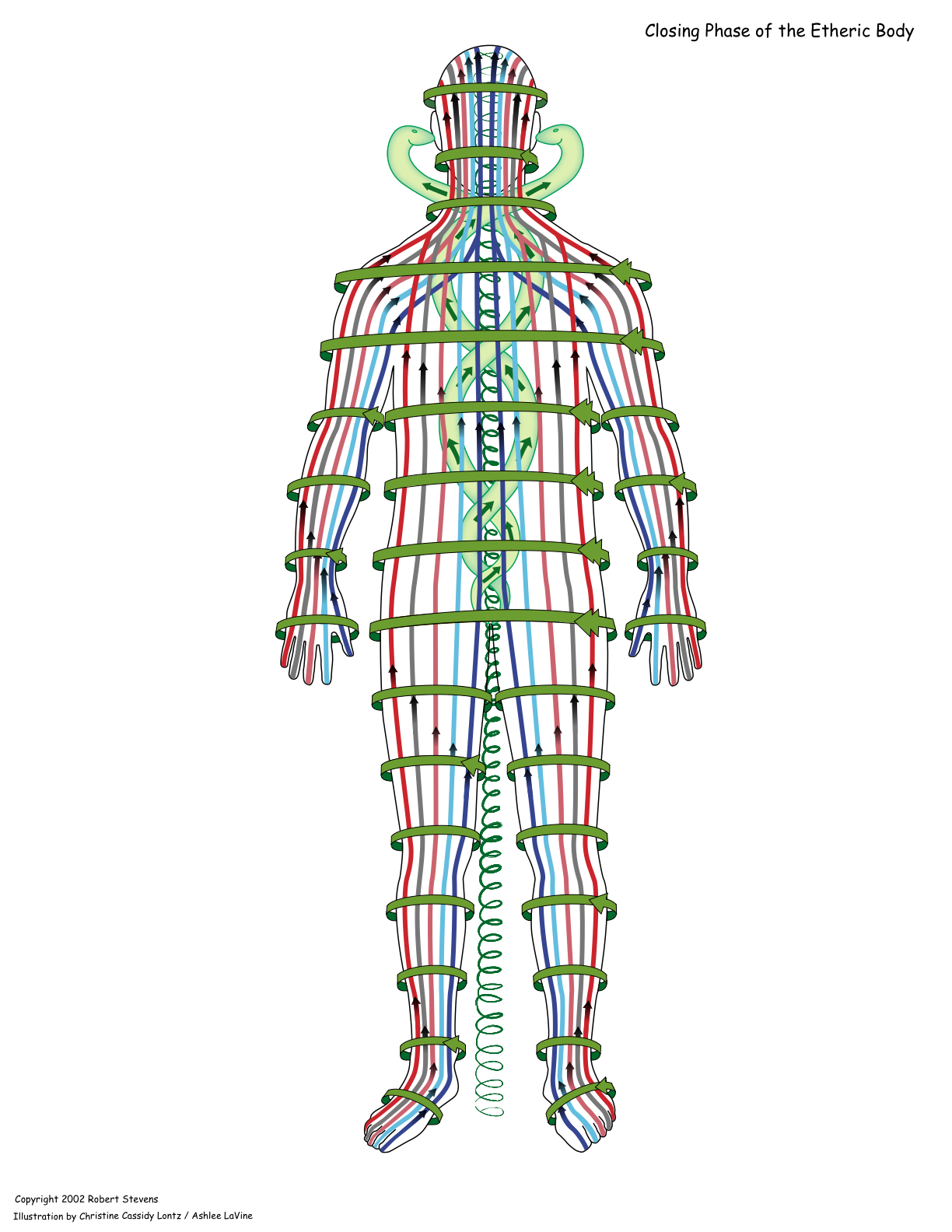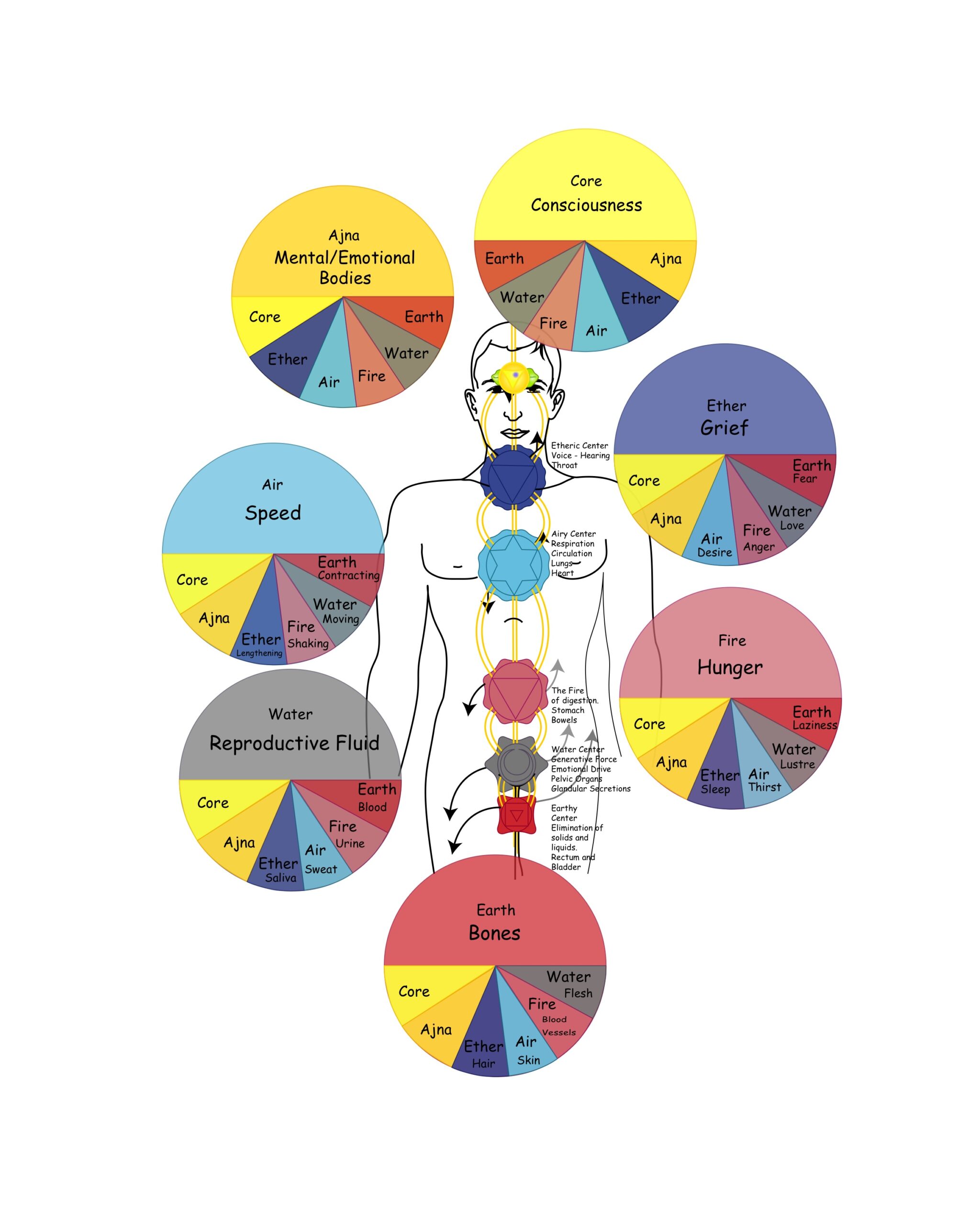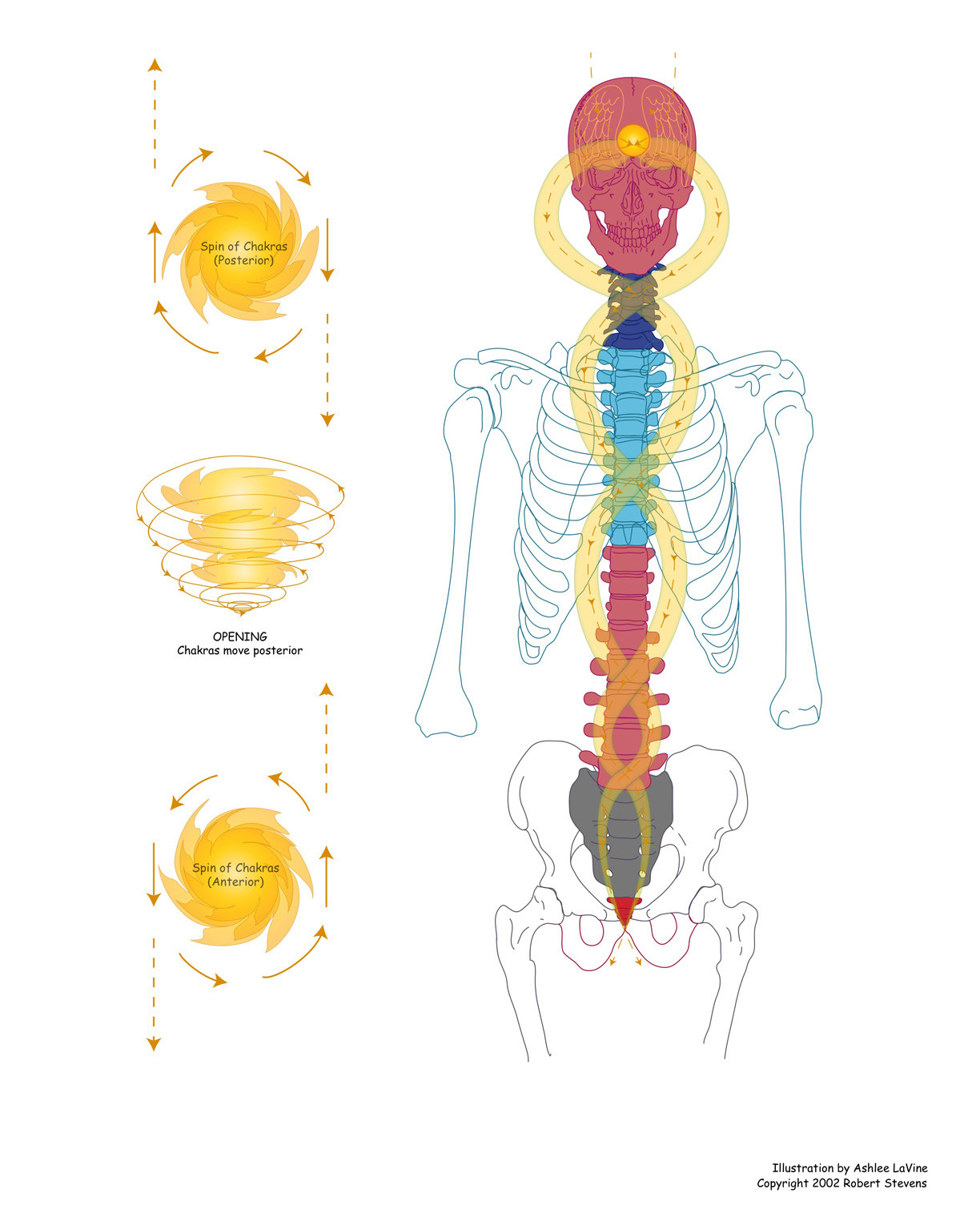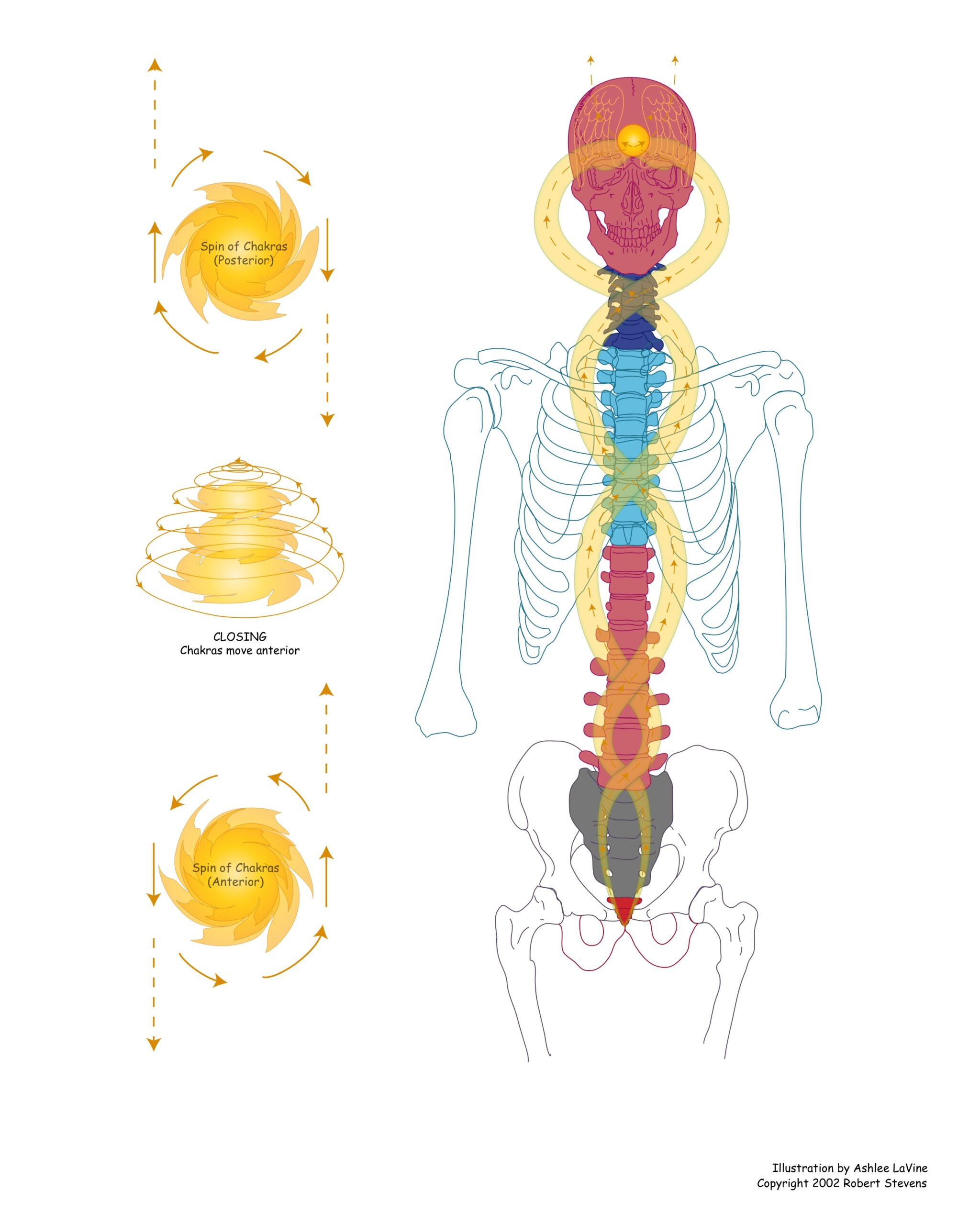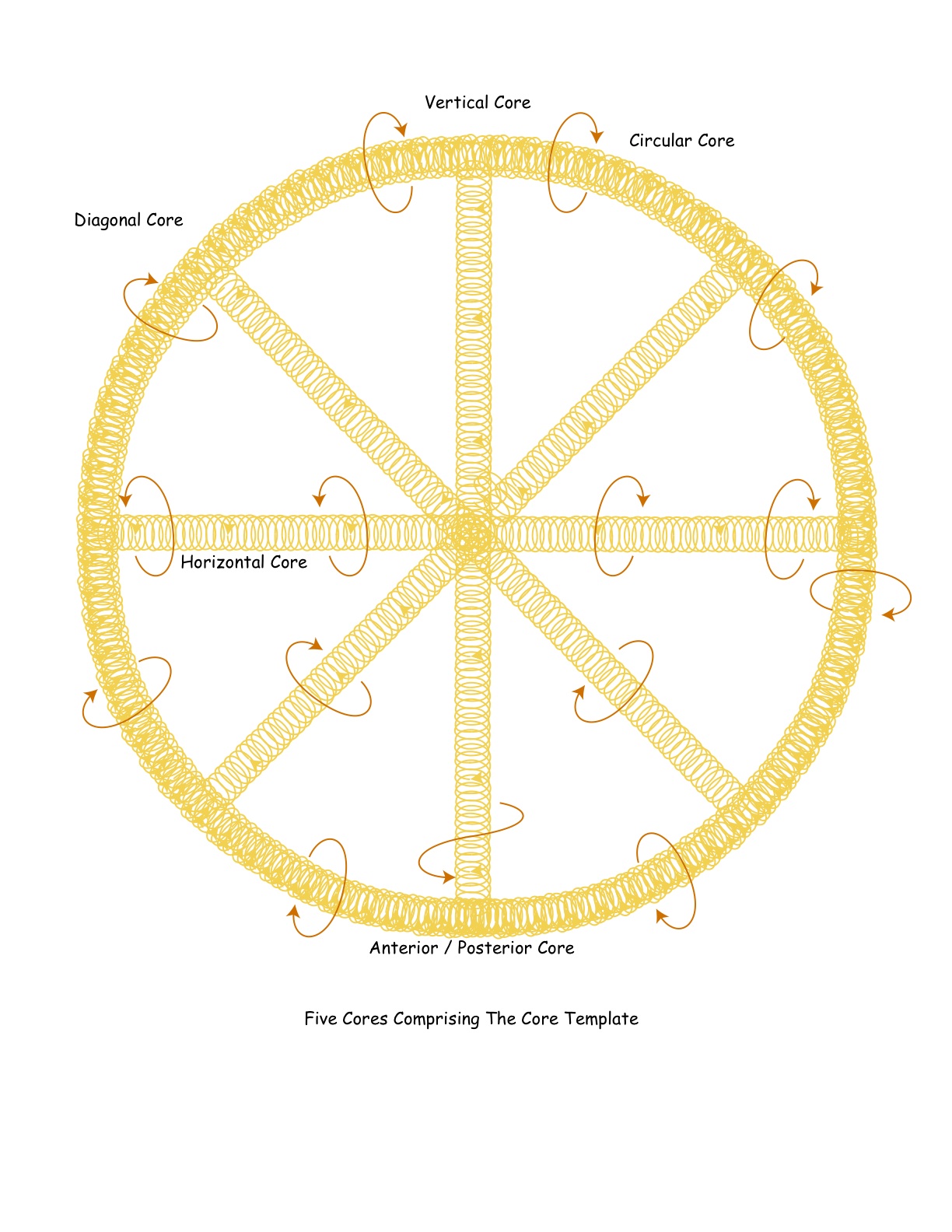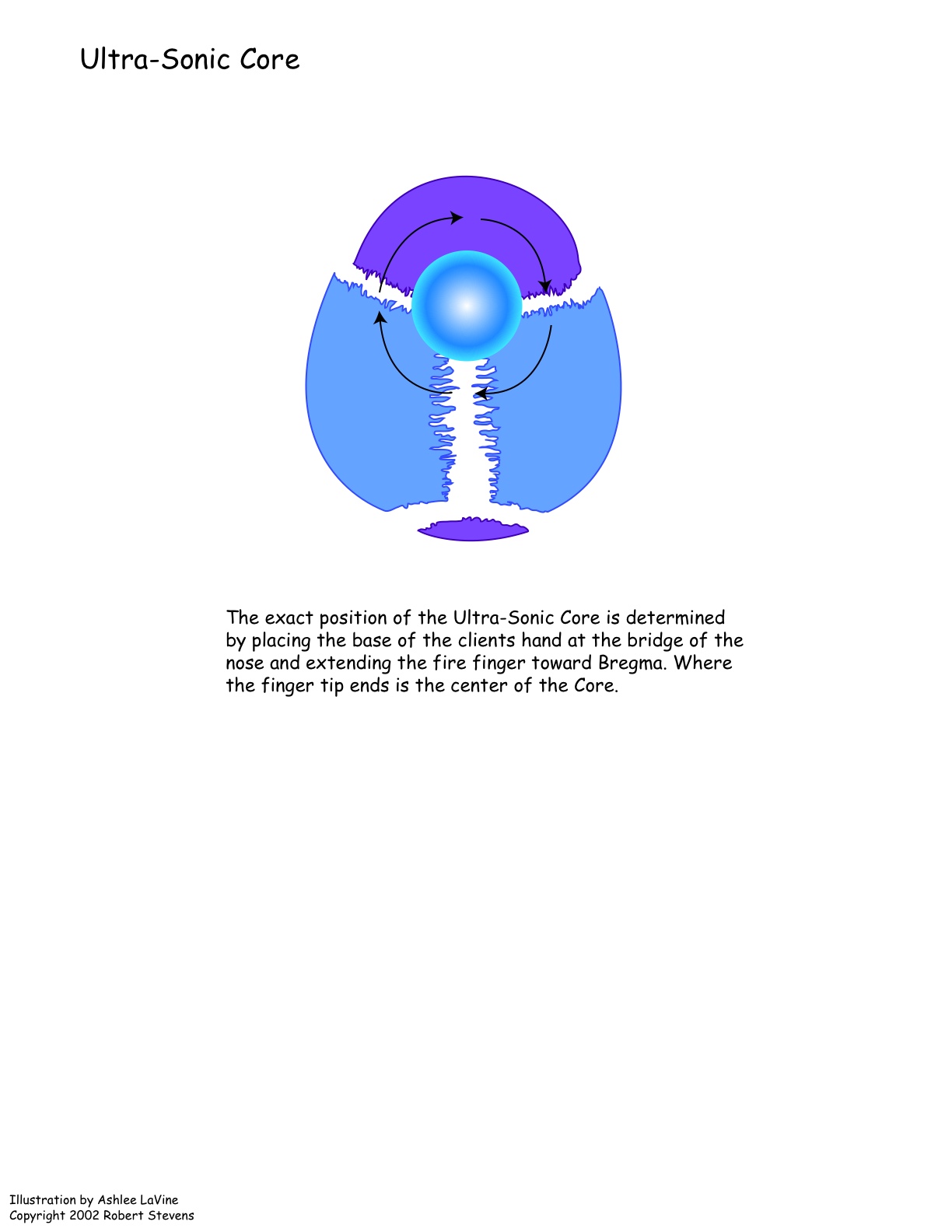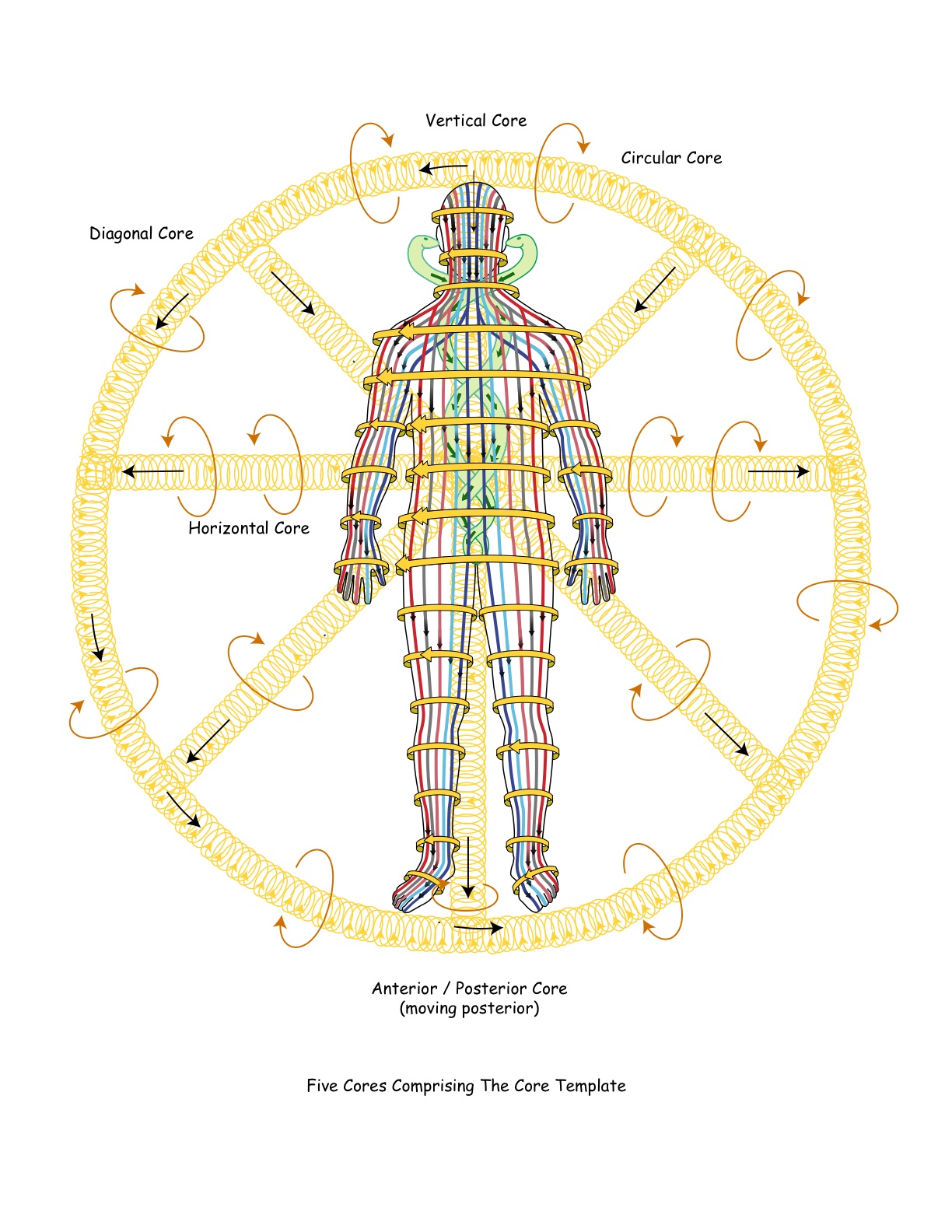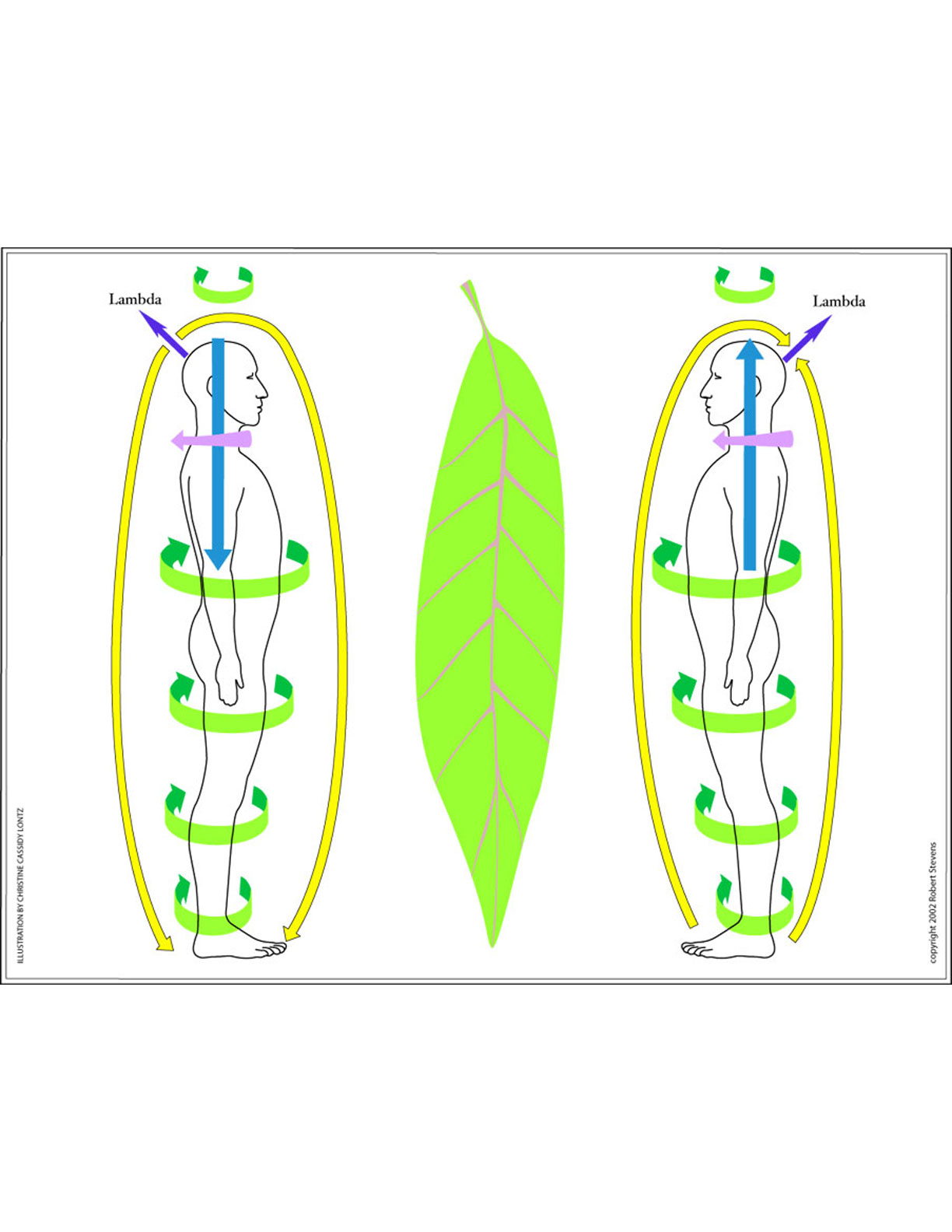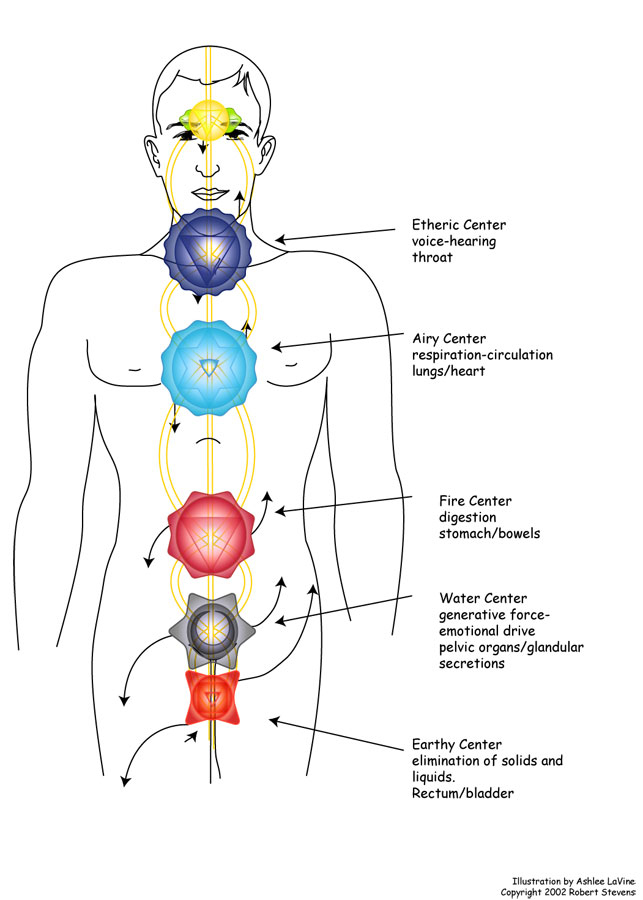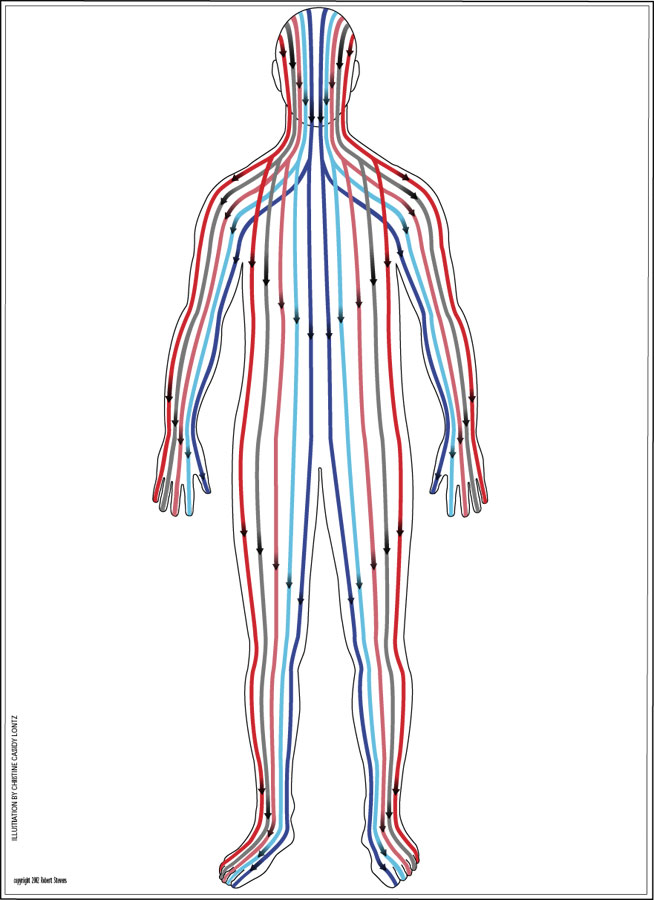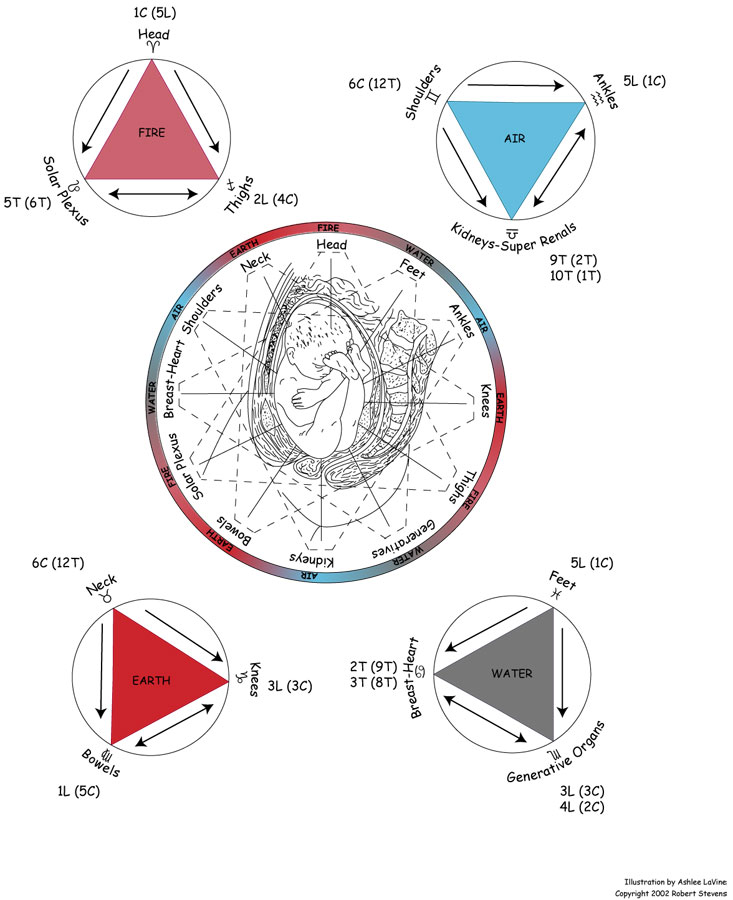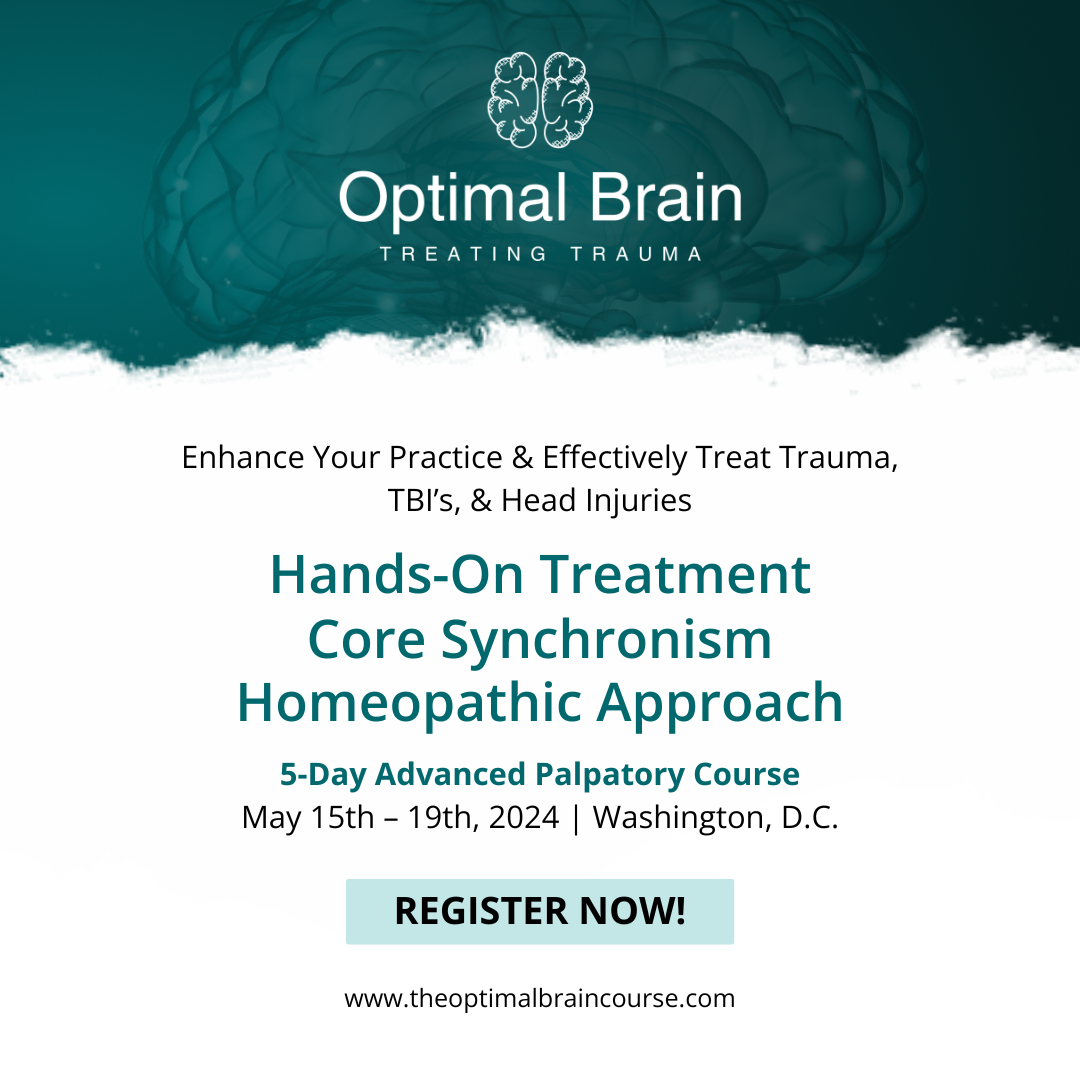The New Mexico School of Natural Therapeutics’ vision is to preserve the roots of nature cure, natural therapeutics, natural healing and hand medicine. Understanding, practicing and living with the wisdom of our ancestors enriches our life in the present.
Functional knowledge is built on the works of preceding generations. Our privilege is to assimilate this knowledge of our ancestors. Simplify this knowledge. Grow this knowledge into practical applications that will assist human beings to live a life in tune with nature and her healing wisdom. The New Mexico School of Natural Therapeutics’ vision is to preserve and pass forward what has been understood and developed for present and future generations in the field of natural healing and hand medicine.
HEALING MODALITIES
In order to heal with nature it is essential to have a philosophical understanding of how her healing process works. This understanding is presented in the lecture series Philosophy of Natural Therapeutics/Nature Cure. In addition there will be practical demonstrations of simple Nature Cure techniques designed to assist Nature in her healing journeys. Natural Therapeutics is the combination of Nature Cure and Homeopathy. This definition also holds true for Naturopathy. Hence, it is essential to have a basic understanding of the philosophy of homeopathy and some practical knowledge of homeopathic medicines to practice Natural Therapeutics (Naturopathy).
Health Building, Natural First Aid, Food Medicine, Kitchen Medicine, Herbal Medicine offer ideas and practices for improving, regaining, preserving health. our “greatest wealth.”

“Only God and Nature Heal.”
Dr. Randolph Stone
COURSES
FORMULAS
CORE SYNSCHRONISM
Restore harmony with the organism
Core Synchronism is a system of hand medicine designed to assist nature in establishing harmony with all parts of the organism. It is not pathology specific. It is a mechanical system designed to restore balance, which results in activating an individual’s self-healing ability.
“Core Synchronism is the most significant development in body work since Dr. Stones’ Polarity Therapy.” Phil Lontz Polarity Therapist

